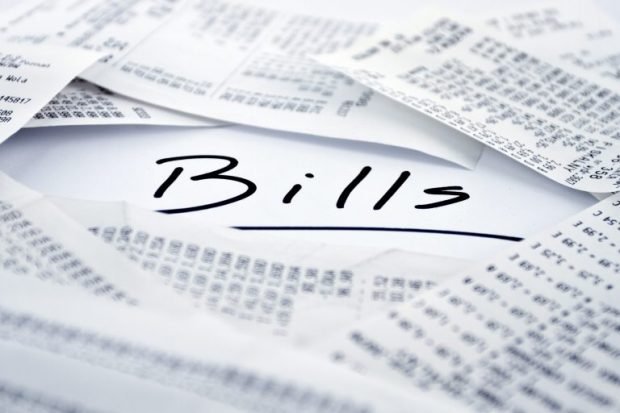The Art of Consignment Shopping
Everything I know about buying and selling clothes on consignment I owe to my friend Kathleen, a remarkably well-dressed woman. She shops for clothing exclusively in consignment stores, but only those that are located in upscale areas. And boy, can she dress!
Kathleen is a consignment seller, too. In fact, I’ve known her to buy an outfit from one of her favorite consignment stores for some special occasion, then turn around and sell it back into consignment to another of her favorite shops the next week — often for more than she bought it. See what I mean? She’s very clever.
The consignment process is simple. The store sets its criteria for accepting merchandise and sets the target price — usually 50% of the perceived new retail price.
Expect a consignment shop to have strict standards for what they will accept. That’s good because standards like that keep a shop reliable, reputable and promotes loyal customers. Expect rules to include that all merchandise must be a current style, must be brought in clean (I’ve seen some shops that required merchandise arrive in fresh dry-cleaner bags) and must have no visible wear, holes or stains.
If you are a seller and your items meet the store’s criteria, your items will be put on the sales floor and displayed for 30 to 60 days. Once sold, you will receive 30% to 50% of the purchase price depending on that store’s policy. During that time, the shop and you, the seller, will agree to price drops until the items sells. At the end of the period (usually 60 days), you can either pick up your items or the shop will donate to a local charity.
If you are a buyer, prepare to be amazed not only by the inventory but pricing as well. You may also learn how to read the tags to learn how long an item has been on the rack by how many times it has been marked down. I’ve known Kathleen to have her eye on a particular item, then wait it out until it drops to the target price she has in mind.
The main difference between a thrift store and a consignment shop lies in how they acquire their inventory and their business models:
INVENTORY
Thrift stores typically rely on donations from the public or charitable organizations such as Salvation Army. The items sold in thrift stores are mostly used (secondhand) goods.
Consignment shops accept items from individuals to sell on their behalf. The original owners receive a percentage of the sale price if and when the item sells.
PRICING
Prices at thrift stores are generally lower and more variable, as they are often set by the store itself.
Prices in consignment shops might be higher, as the original owner sets the price or agrees upon it with the shop, and the shop takes a commission from the sale.
QUALITY AND SELECTION
Thrift stores offer a wide variety of items, often with varying quality and condition.
Consignment shops may have a more curated selection of items, often with a focus on quality or specific categories like fashion, furniture or home goods.
PROFIT MODEL
Many thrift stores operate as nonprofit organizations, with proceeds often going to support charitable causes or community programs.
Consignment shops are typically for-profit businesses, with profits shared between the shop and the original owners of the consigned items.
Overall, while both thrift stores and consignment shops offer secondhand items for sale, their sourcing methods, pricing structures and business models distinguish them from each other.
Interested in finding shops in your area? Check out the interactive locator at ConsignmentShopper.com using your city, state and zip code to find the consignment shops near you.




